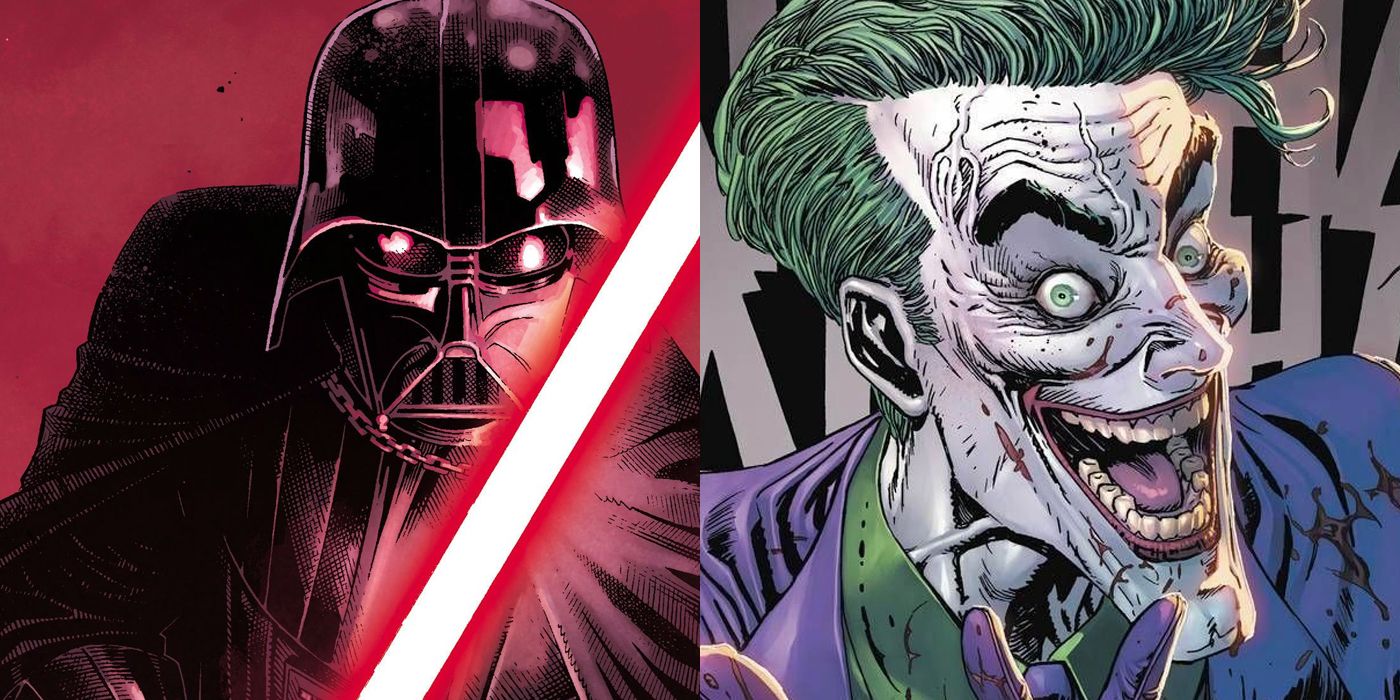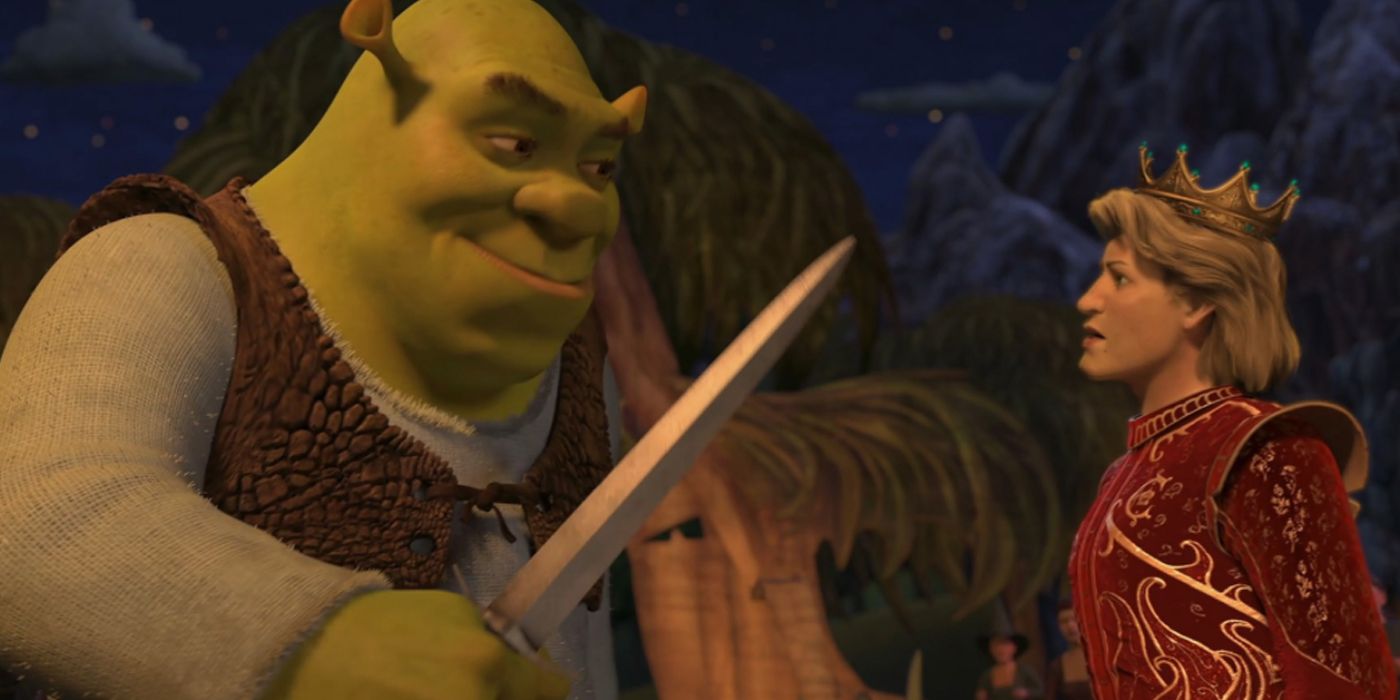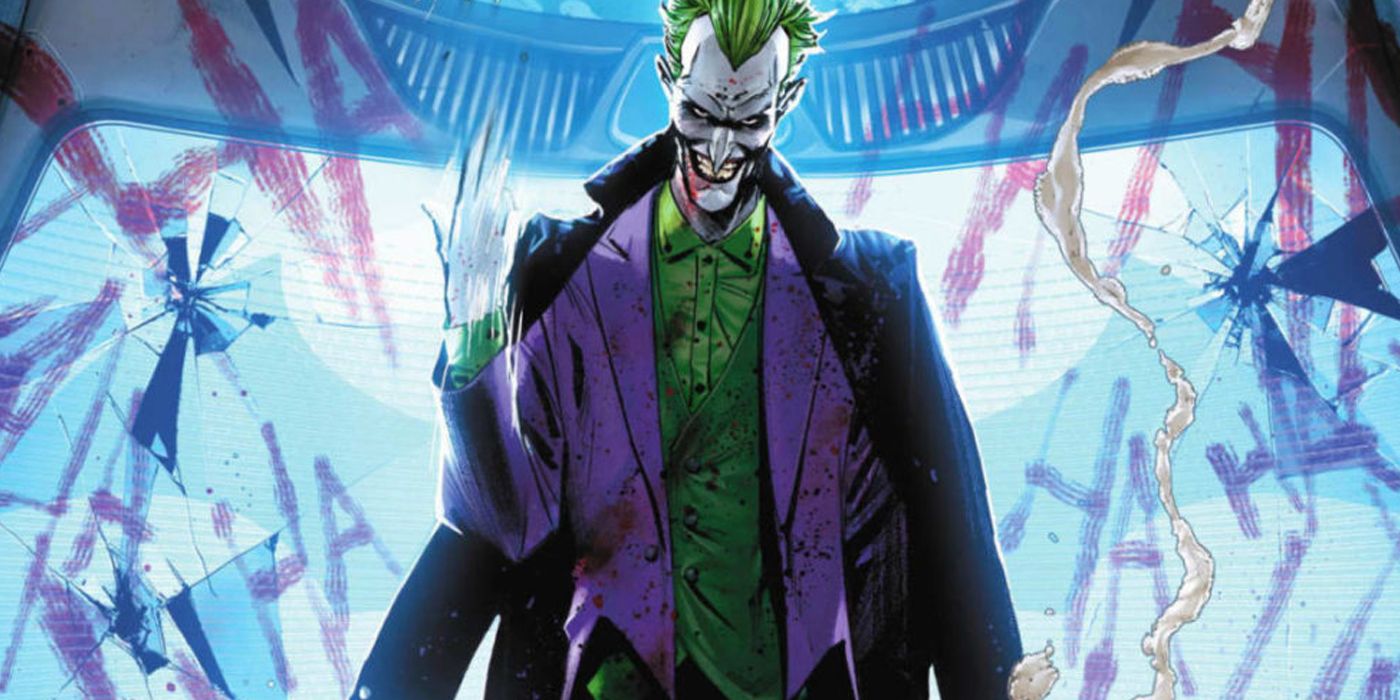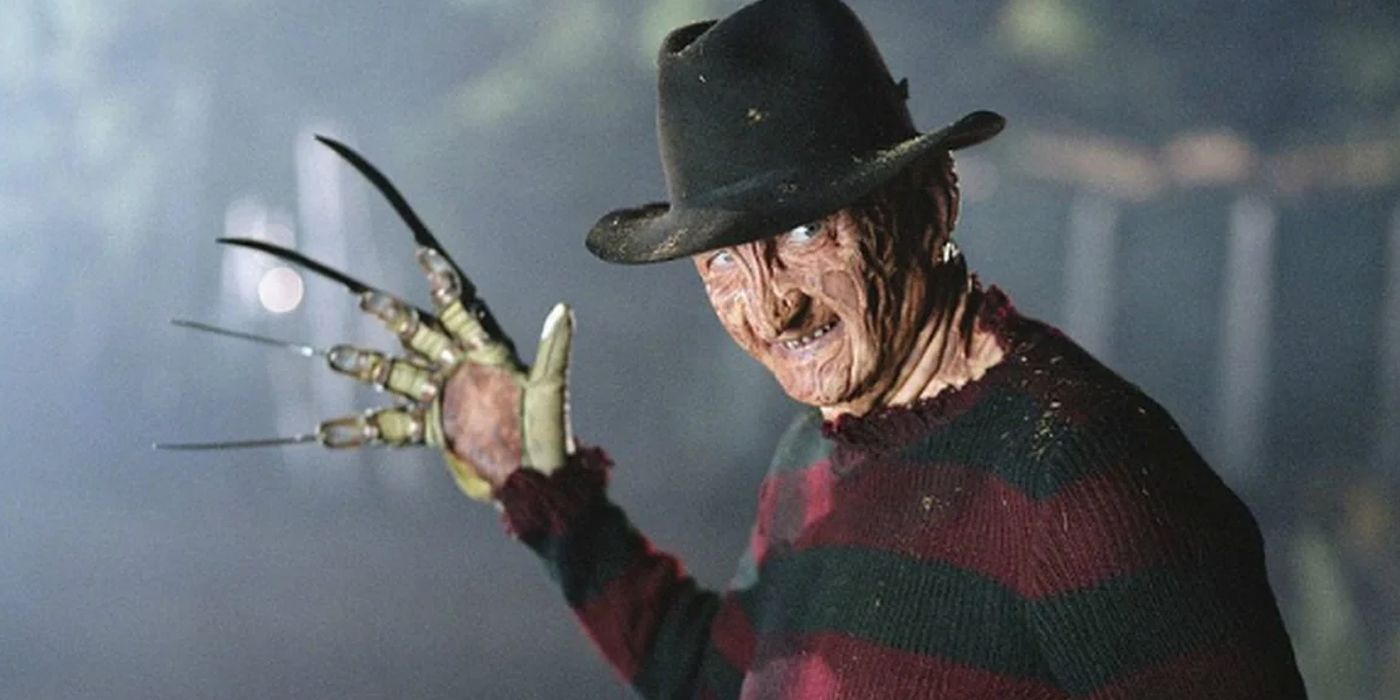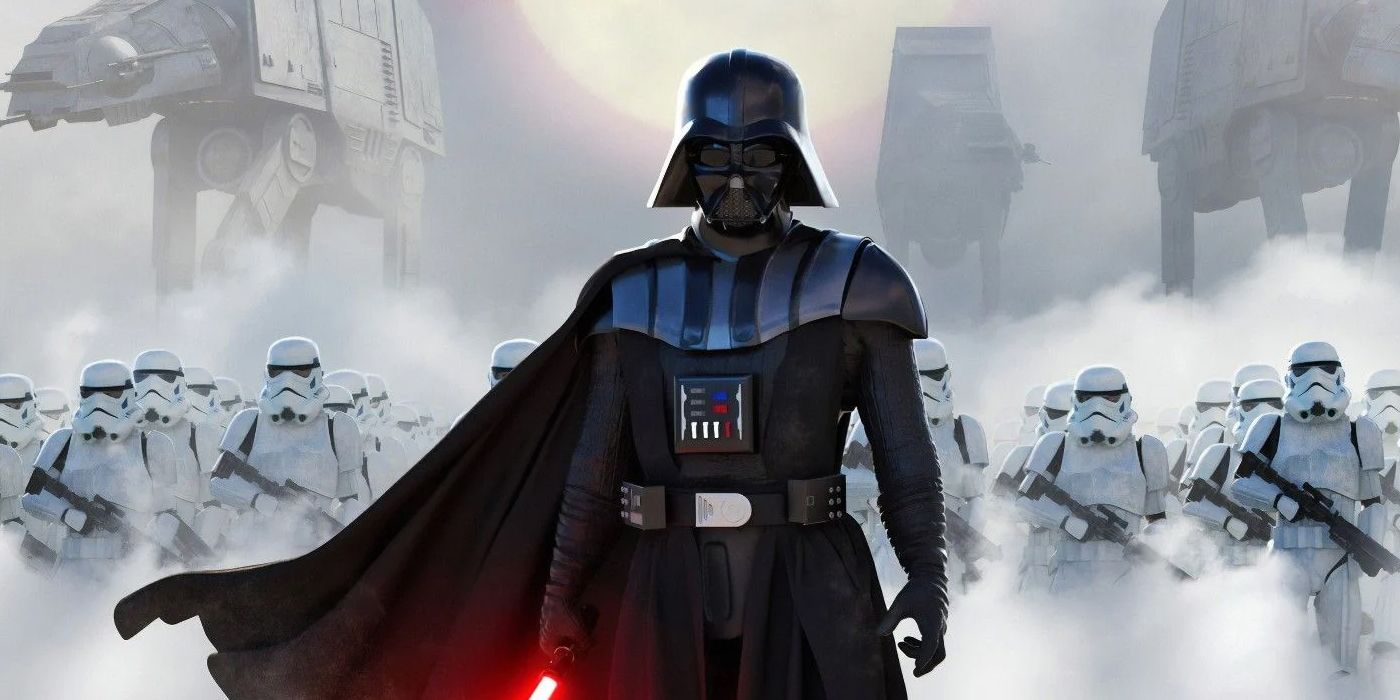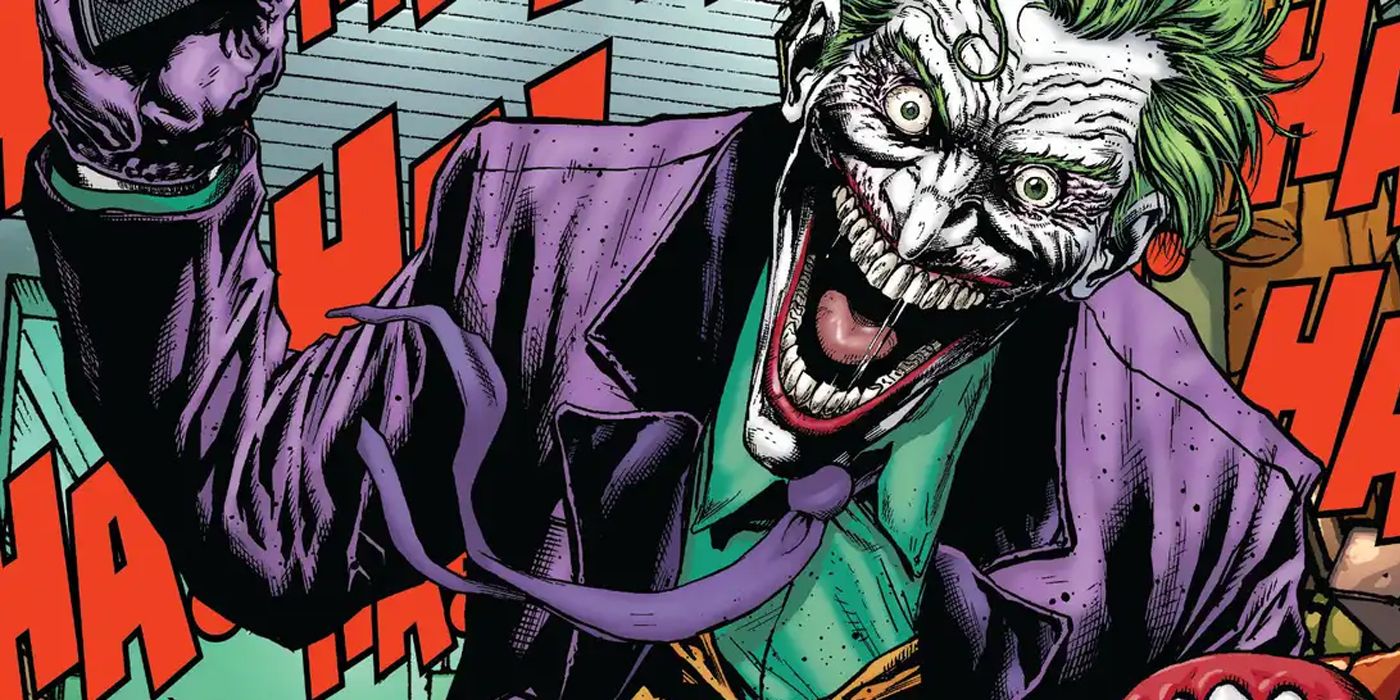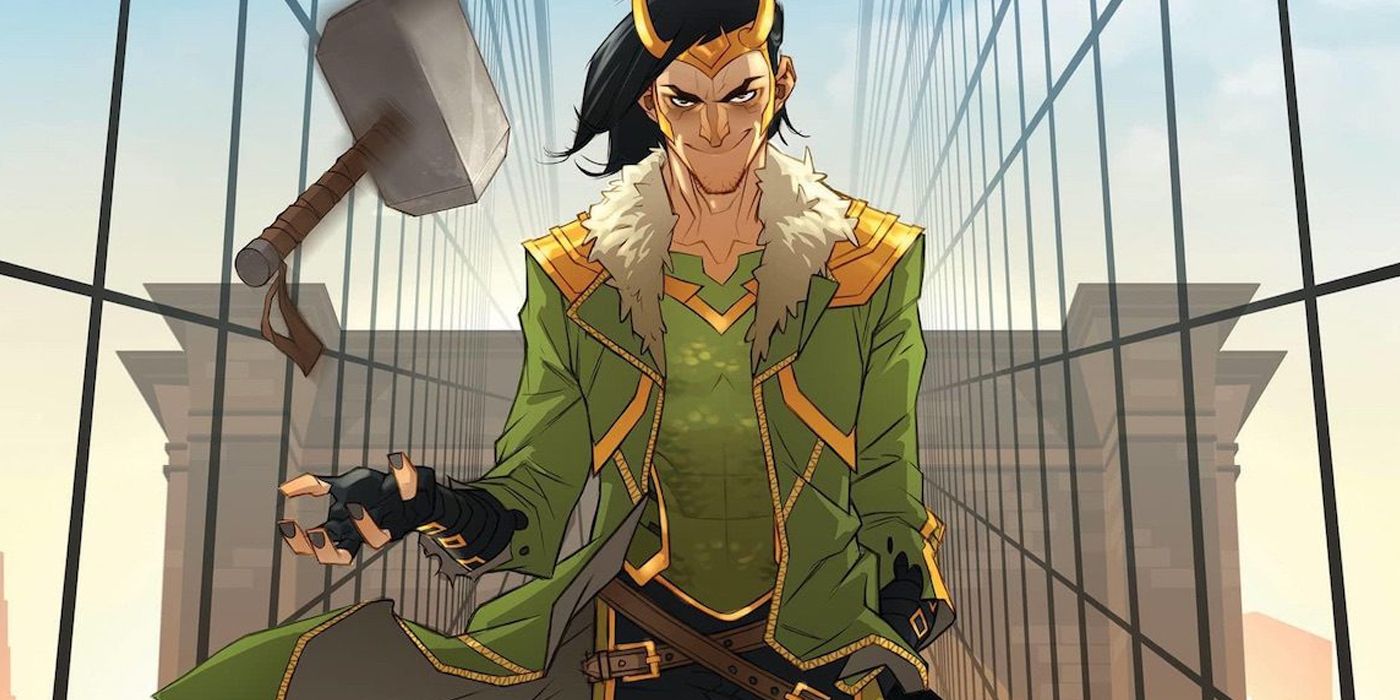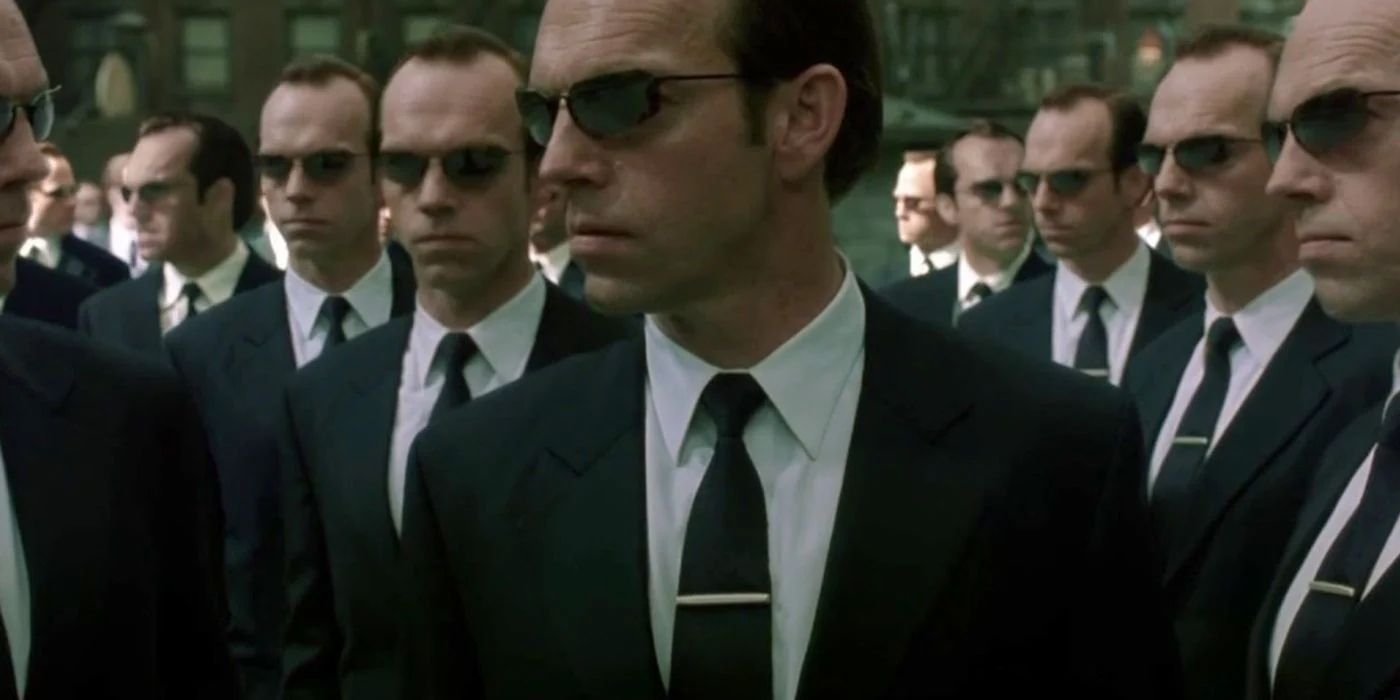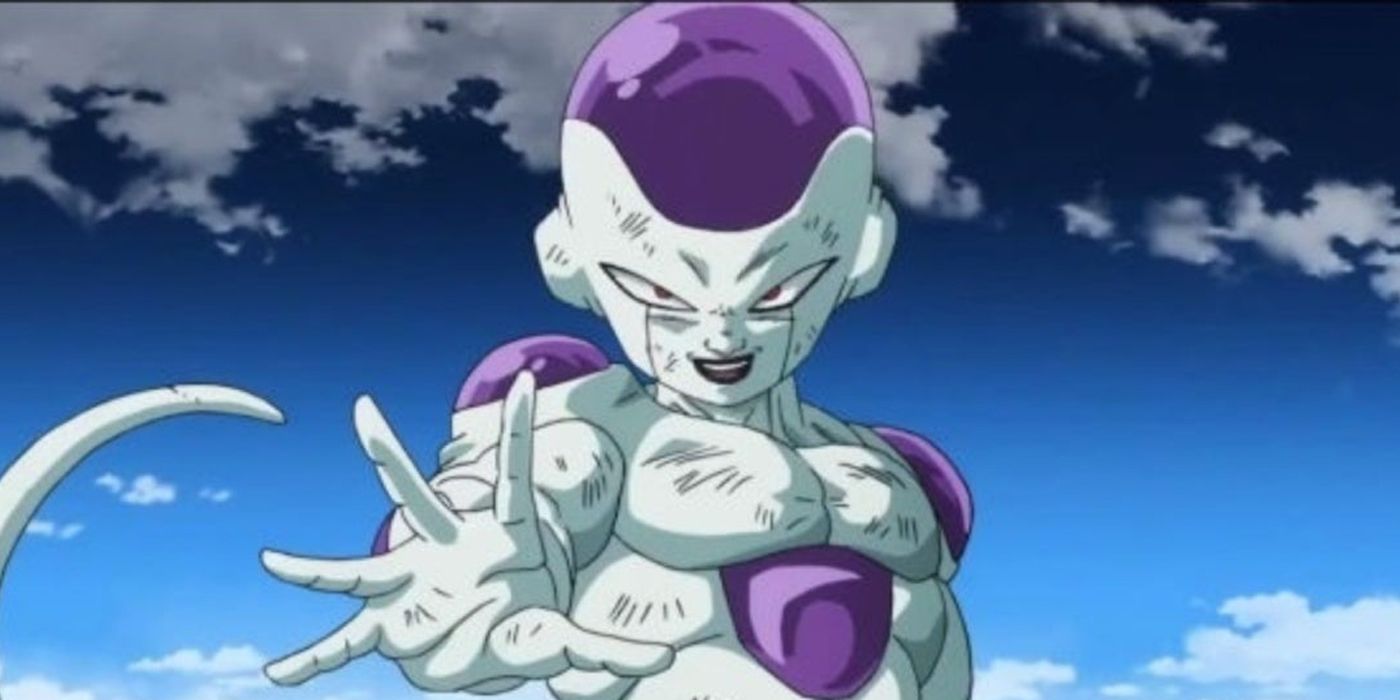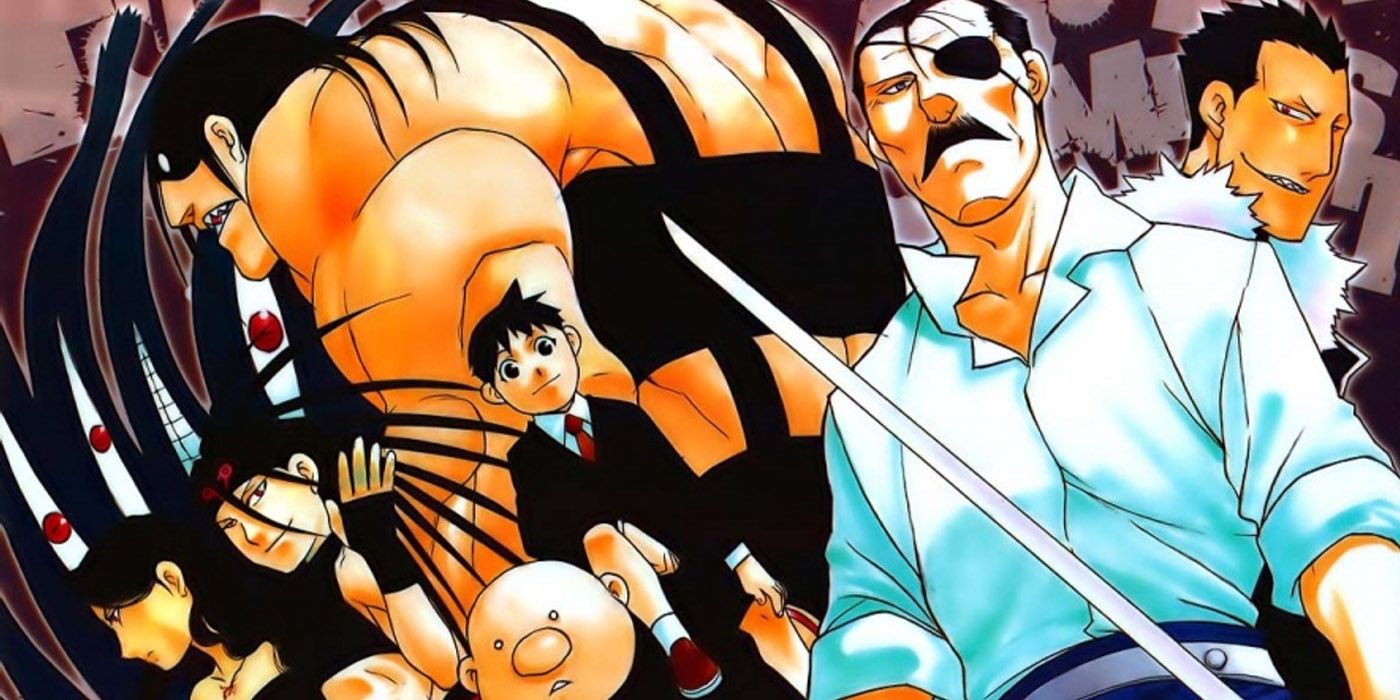In Dungeons & Dragons, heroes don't always define the story. In fact, it's thanks to villains and their efforts to conquer the known universe that heroes are forced to overcome their flaws and fulfill their destiny to save all of existence. Thing is, as much as these storylines always make a Dungeons And Dragons game more awesome, coming up with impactful villains isn't easy.
In fact, Dungeon Masters (DMs) can become prone to creating bad villains. If DMs want to make a standout antagonist, they've got to avoid certain tropes and clichés to set their "bad guys" apart from generic monsters-of-the-session. However, how exactly should they avoid bad villains?
10 Copying Another Villain
It's one thing to use a villain as an inspiration for an original Big Bad, but it's another thing entirely to just copy that character's template. Granted, a "chill" campaign could forgive DMs for using a similar villain in their story. After all, this more or less gives players room to think of new ways to see a "relation" to this villain. However, DMs aiming for a deeper connection with their villains might not want to totally base their Big Bad on another antagonist.
Creators build villains to be the "perfect" match to their heroes. Even in Shrek, the titular ogre protagonist had Prince Charming as his villain. Granted, Shrek more or less parodies the "generic" nature of fairy tales. However, the traditionally good Prince Charming serves as the perfect foil against a hero that breaks the ogres-are-villains stereotype. Instead of copying another villain as a template, DMs should try to build their villains based on their heroes.
9 Making Them Too Bland
Villains deserve to be stopped, yes. But it wouldn't hurt for heroes to have a fun tale to tell once everything's been said and done. People love it when a villain makes themselves memorable. And the best villains have qualities that people love to hate. Sherlock's Moriarty, for instance, is, by all means, an egotistical prick. However, his egotism paired with his sheer intellect make him an ideal match against Sherlock. In turn, all of their encounters are nothing short of breathtaking.
In D&D, it wouldn't hurt for villains to have an "it factor," similar to popular movie stars. Everyone needs a schtick to be memorable, and villains are the same. This can come in the form of an obsession, a verbal tic, or even a habit or a quality of some sort.
8 Giving Them A Generic Backstory
It's one thing to purposefully give a villain a generic backstory for the laughs. However, DMs who want to make compelling villains shouldn't forget to share what exactly "transformed" them in the first place. Villains don't start as evil; as the Joker said, "all it takes is one bad day to reduce the sanest man alive to lunacy," and this makes sense for all bad guys.
Take the Joker, for instance. For the longest time, his lack of a backstory – despite his ever-existing and unpredictable nature – was a frightening reality in the DC Universe. And the closest readers got to a backstory is Alan Moore's The Killing Joke, which explains that the Joker, formerly an aspiring comedian, only had "one bad day" to transform him into who he is today. It didn't help that the current continuity presented readers with three Jokers existing at the same time – but that's a story for another time.
7 Bleak Makes A Villain Boring
Stories have to be about heroes, that's a given. However, as DMs know, great villains have backstories to tell. Thing is, backstories don't just end when they explain why someone became the Big Bad in the story. In the best campaigns, a DM can elaborate on what the Big Bad has done after their transformation. Villains become scary if their impact can be felt across the world the heroes live in. What other evil things did the Big Bad do? The more specific things a villain does, the more defined their character becomes.
For instance, Freddy Krueger of A Nightmare on Elm Street was once a child killer who, after being set free on a technicality, was burned alive by the mob. His spirit lives on in the dreams of teens in Elm Street, where he stalks them in nightmares that end up killing them. However, what's horrific isn't just Krueger's past – it's the fact that he specifically targets teens in their sleep until the present day.
6 Weakening Connections With Heroes
Granted, megalomaniacal villains would hardly care for an adventurer who's technically a stereotypical knight's squire. However, DMs should remember that their players' characters are destined to become heroes. Ergo, it doesn't matter how ridiculous the process is – their characters have to become heroes. Likewise, it makes sense for heroes to have ties to their villains, no matter how ridiculous the notion.
For instance, Darth Vader didn't become iconic because of his status as a Sith Lord. Rather, fans remember him precisely because of the reveal that he's Luke Skywalker's father. Fate tied the two of them together, making their fated showdown something to remember. In D&D, heroes might step up to face the Big Bad because they have no choice, but an enemy with no strong connections to the heroes makes for a generic villain.
5 Removing A Turning Point
Granted, DMs might want to make their Big Bad a naturally evil force. After all, it might be a deity of destruction that threatens the safety of the world at large. However, DMs might want to reconsider making their villains "as is." Sometimes, a "turning point" that transformed into who they are today is just as important as any other element of a villain's story.
The Joker wouldn't be as interesting if he simply had a backstory of a comedian who slowly turned insane. What exactly made him snap? The lack of that "snap" can make the Joker less impactful compared to Alan Moore's Joker, who experienced that fateful one day that transformed him forever.
4 Doubting Their Morality
Villains should have room for change; however, it shouldn't be apparent from the get-go. Characters with a huge hole in their morality from the onset can make for try-hard villains at worst, and great anti-heroes at best. Sadly, they're neither true villains. Villains need to believe they're doing the right thing. This caveat means DMs need to make sure players are well-aware of where their villains are coming from.
For instance, Marvel's Loki has become an effective villain in comics not just for his mischievous nature. At his core, Loki undoubtedly believes that Thor is undeserving of their father's attention. And if Odin refuses to pay attention to Loki's worth, then the latter will do whatever it takes to prove his superiority – no matter how many worlds he has to conquer, or even if it meant killing Thor.
3 Making Them Too Weak, Too Powerful
A villain should pose an immediate threat to the heroes. Thing is, posing villains as threats "too big" for heroes can make them too overwhelming and demotivating to face. Likewise, villains who seem like pushovers tend to be not as impactful to players.
DMs can make memorable villains just as powerful and skillful as their players – true rivals, to some extent. Agent Smith in The Matrix is such a memorable villain because he possesses almost the same abilities as Neo but with a completely different motivation. Whereas Neo can manipulate the Matrix to "free" people from the simulation, Agent Smith can infect the Matrix to restart the simulation in his own image and eradicate the virus that is humanity. Knowing that both heroes and villains can turn the tide at any moment can add more suspense to stories.
2 Forgetting Their Inevitable Demise
It's one thing to make a threatening villain, and it's another thing to make them seemingly unstoppable. These Big Bads are almost always responsible for their own demise. Players might not see it at the moment, but their characters will inevitably stumble upon the Big Bad's weakness and use it against them.
However, DMs make their Big Bads worse by using weaknesses in two wrong ways. First, players shouldn't defeat their Big Bads with a deus ex machina as they need to be the ones truly responsible for defeating the campaign's villain. Secondly, villains shouldn't become unstoppable. Remember, Big Bads need clear weaknesses based on a solid foundation.
This is also why villains like Frieza and Cell in Dragon Ball Z make great foes for Goku and Gohan, even if they're eventually defeated. It's their persistent charm and unique personalities that make their stay worthwhile in their respective arcs.
1 Removing Diversity From Accomplices
Sometimes, the best way to explain a villain is through their accomplices. After all, villains almost always have a way of charming others to do their bidding. And sometimes, it's these henchmen that players get to interact with first. In turn, who better to be the best representatives of these Big Bads than their henchmen, right? As such, DMs could make more memorable villains if they make their accomplices just as memorable and exciting.
For instance, in the acclaimed Fullmetal Alchemist manga, the central antagonist of the story, a seemingly immortal being known as Father, is only revealed near the end of the narrative. However, viewers will already have an idea of his quest towards perfection through the seven Homunculi, which protagonists Edward and Alphonse Elric encounter and fight throughout the manga. In any great campaign, accomplices fulfill their narrative purpose properly if their personalities and motivations reveal just enough details about the story's Big Bad.

